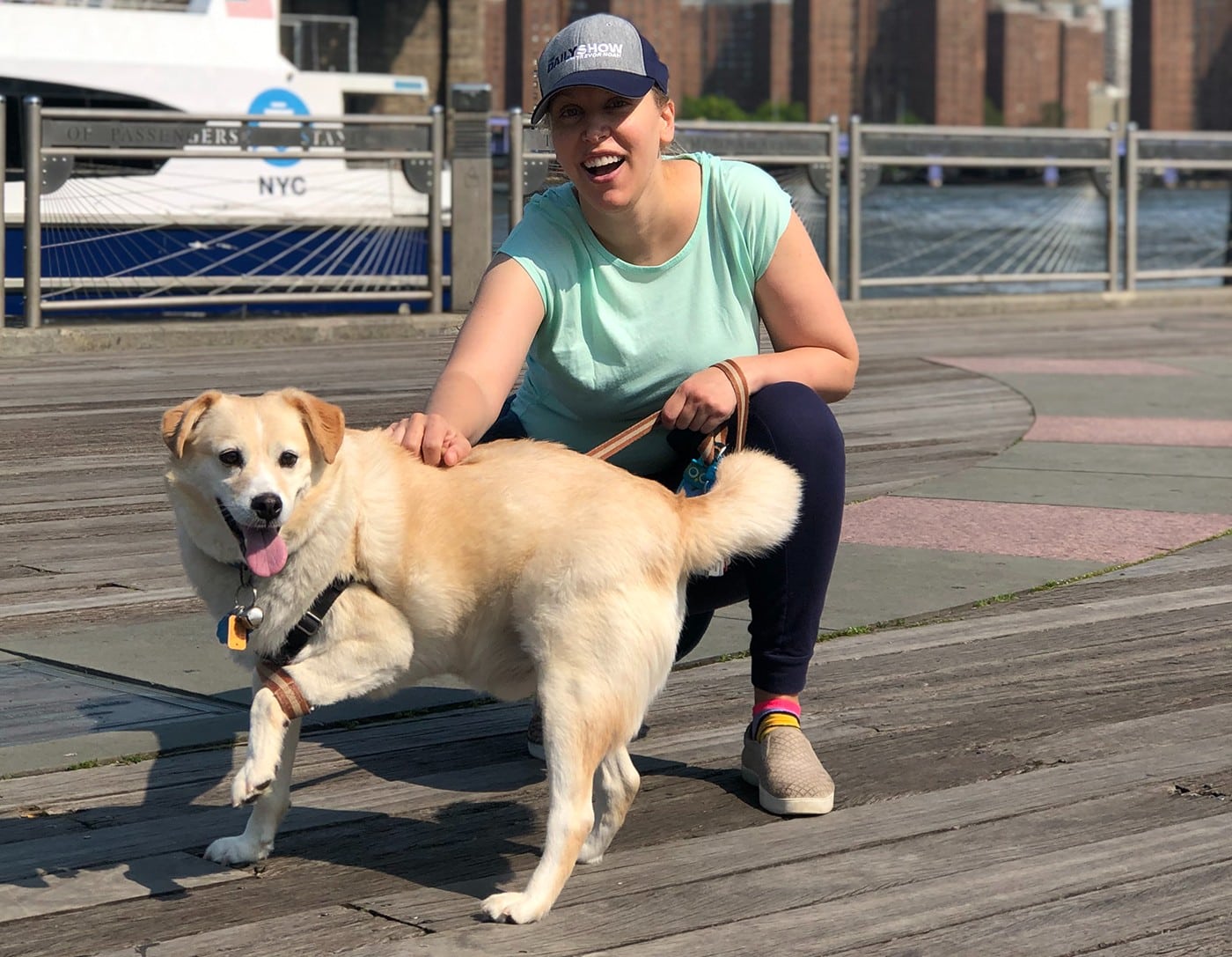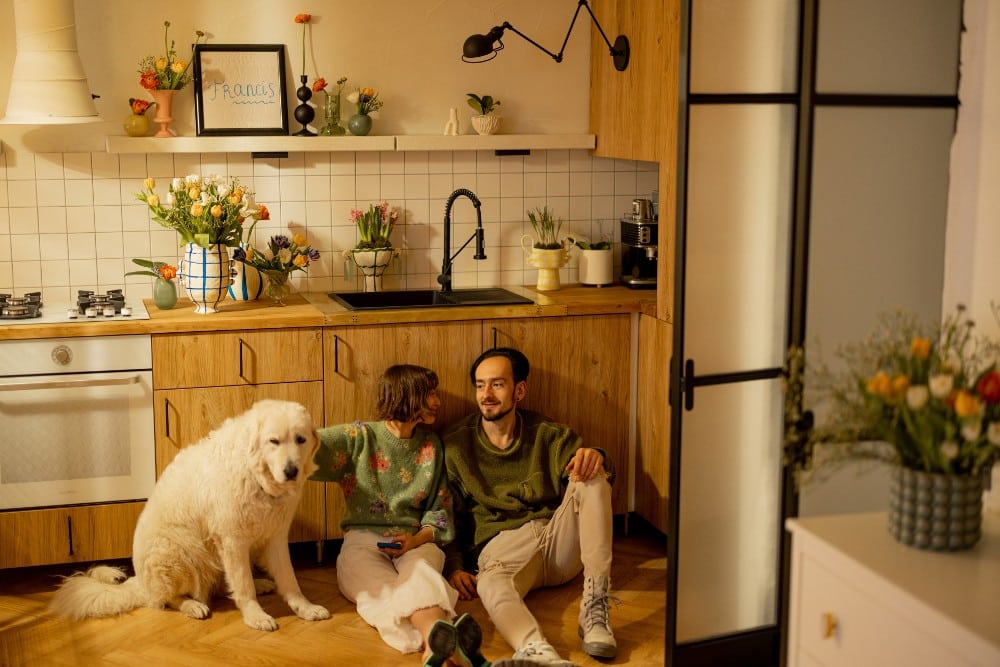Adopting a shelter dog is an extremely rewarding and exciting time – everyone loves a new furry family member. However, while your new pup is ecstatic to have found a loving, forever home, it can take some time for him to adjust to the new surroundings. In fact, it can take anywhere from a couple of hours to a few months for your new pet to become fully acclimated.
Unfamiliar places, people and interactions are intimidating for new pets, which can potentially lead to anxious and nervous symptoms such as an upset stomach, lack of appetite, vomiting and shy behavior, among others. However, as your dog becomes more familiar with you and the new home, he will eventually relax and thrive.
Being a licensed veterinarian, along with being certified in both veterinary acupuncture and Chinese herbology at New York City-based Animal Acupuncture, I have seen and treated my fair share of rescue dogs including celebs Toast Meets World, her sister Muppets Revenge and Ella Bean.
Below are several tips that will relax your newly adopted dog, easing the transition for both you and your pet:
Related: In Touching Video, Children Help Shy Shelter Dogs Come Out of Their Shell By Reading to Them
1. Keep things calm.
Bring your new pet home on a weekend when you can spend quality time and allow them to get to know you. When they meet additional family members, newly adopted pets may feel overwhelmed, so it is important to make these introductions as calmly as possibly. Keep your pet on a leash and ask children to sit still and be quiet. If your pet seems uncomfortable, make sure to give him or her a break from interacting until they seem more relaxed. Don’t be discouraged if your pet doesn’t immediately adjust to their new home and family. With love and time it will happen.
2. Crate train.
Crate training helps with housebreaking and also establishes a safe haven for your dog. Choose a crate that is big enough for your dog to sit up without hitting his head, where she can lie on her side and turn around easily. But do not buy a crate too big or it will make housetraining difficult. You can block off a larger crate for a puppy and increase the size available as needed.
The crate should be a welcoming place. Use caution when adding towels or bedding until you know your pet won’t chew and possibly ingest them. A safe alternative is durable pet mats, which can be found at your local pet store or online. You can also add a hard rubber toy to provide stimulation and an alternative to chewing on bedding. Additionally, adding a couple of treats when crating is another great way to establish this as a positive place for your pet. Teach children that your pet’s crate is her safe place, and it is not an area for them to play in.
3. Establish a routine.
Dogs thrive in structured environments, so establishing a routine with regard to walks, feeding and playtime will help minimize stress. The routine can be based around your schedule, but it should be consistent all around.
4. Give a massage.
Massages, using a gentle and soothing touch, can be very calming for an anxious dog. Gently pet your dog and he will show you what spots he likes best based on his reaction, as it differs with every animal. Once your pet becomes more trusting and comfortable, cuddling can also become a source of calming as well.
Related: 6 Things We Do That Drive Our Dog Crazy
5. Exercise.
Exercise isn’t only beneficial for humans, it’s great for pets, too. Long walks are excellent stress relievers and ease tensions your new dog may be feeling.
6. Have playtime.
Newly adopted dogs may feel stress stemming from their new environment. To ease their anxiety, provide toys for them to play with. Whatever their favorite toy may be, playing with it proves to be an effective stress reliever. Just make sure children know these toys are just for the pup, although they can participate in the fun if under supervision and your dog feels comfortable with them.
7. Play some tunes.
Music is another way to soothe your new pet. However, don’t blast your favorite Pandora station for your pup, as dogs hear at different frequencies than humans. As a result, they can find our top hits irritating to listen to. Play music that is specially formulated for dogs, like Through a Dog’s Ear, which is designed with the pitches, tones and tempos that are the most familiar to them. Some classical music can also do the trick.
8. Enlist your veterinarian.
Natural calming methods for anxious dogs include acupuncture and Chinese herbal therapy, and they can only be obtained by visiting licensed veterinarians who specialize in Chinese medicine. Additionally, there are other Western behavioral modifying medications that minimize anxiety in extremely nervous dogs. Should you feel like your new dog is having difficulty settling into your home, consult with your veterinarian to determine if these options are right for your pet and to rule out any underlying health problems.
Related: Worried About Leaving Your Dog Home Alone? Try This Trick.




















